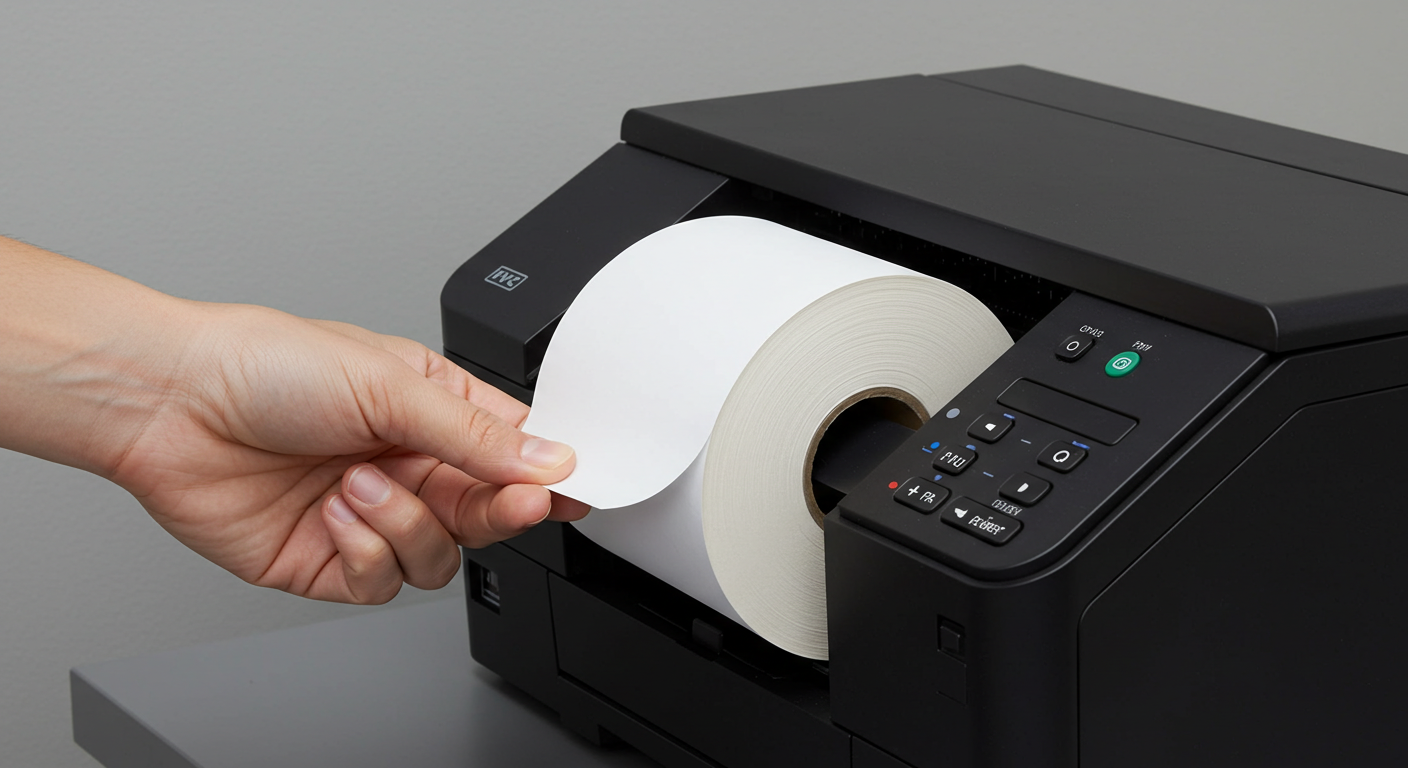
Using Thermal Paper Rolls Effectively
Thermal paper rolls are very important in any business environment. The use of thermal paper rolls contributes to the seamless operation of your business, minimizes waste, and enhances print quality.
If you have ever encountered issues such as paper jams, faded receipts, or wasted inventory, this guide is for you.
What Are Thermal Paper Rolls?
Thermal paper rolls are heat-sensitive paper used in thermal printers. Unlike traditional paper, they don’t require ink or toner. Instead, they react to heat to produce sharp, black images or text making them perfect for high-speed receipt and label printing.
You’ll commonly find them in:
- Retail POS systems
- Credit card terminals
- ATM machines
- Shipping labels
- Mobile printers
Why Using Thermal Paper Properly Matters
Improper use of thermal paper can lead to:
- Blurry or faded printouts
- Frequent printer damage
- Shortened equipment lifespan
- Customer dissatisfaction
Using thermal paper rolls effectively means choosing the right paper, loading it correctly, and storing it properly.
1. Choose the Right Thermal Paper Roll
Not all thermal paper is created equal. To ensure you’re using it effectively:
Check Your Printer Specs
Match the paper width, diameter, and core size to your machine. Using the wrong size can cause jams or damage.
Pick the Right Grade
For crisp and long-lasting receipts, choose top-coated thermal paper or premium grade rolls. These are ideal for heavy-use environments.
Opt for BPA-Free Paper
Environmentally conscious and safer for staff, BPA-free thermal rolls are now widely available without compromising quality.
2. Load the Roll Correctly
Incorrect loading is a common mistake. Here’s how to do it right:
- Make sure the thermal (shiny) side is facing the print head
- Follow the printer’s loading guide
- Test-print to confirm proper alignment
A backward roll won’t print anything, wasting your time and frustrating customers.
3. Store Thermal Rolls Properly
Thermal paper is sensitive to:
- Heat
- Moisture
- Direct sunlight
To keep your paper in good shape:
- Store in a cool, dry place
- Avoid contact with plasticizers or oils
- Use a first-in, first-out (FIFO) approach to avoid expired paper
Proper storage helps maintain print quality and prevents unnecessary waste.
4. Train Staff on Best Practices
Make sure your team knows how to:
- Load the roll properly
- Handle and store unused rolls
- Spot signs of poor-quality paper (like fading or peeling)
With a quick team briefing or printed cheat sheet, you’ll reduce user errors and avoid printing issues.
5. Buy from Reliable Suppliers
Working with trusted suppliers ensures:
- Consistent roll quality
- Accurate sizing
- Better pricing on bulk orders
- Support for various printer models like Zebra, Epson, Brother, and Dymo
Final Thoughts
Using thermal paper rolls is about using the right roll for the job, loading it correctly, and storing it properly to extend the life of your printer and reduce waste.

